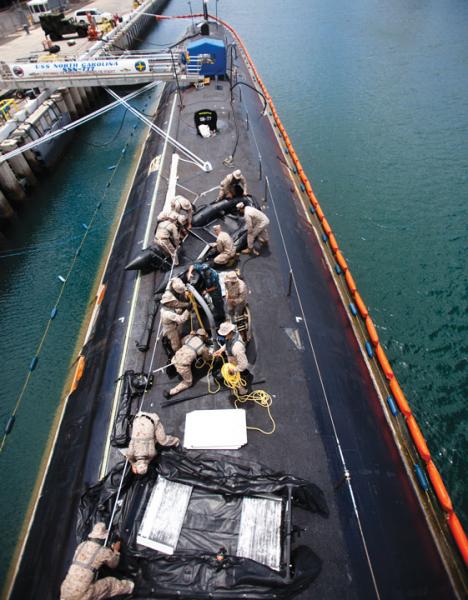
Submarine Stormtroops
Proceedings, November 2012 An unconventional spin on the Marine tradition of forcible amphibious entry could counter modern A2/AD threats—at little…
Copyright 2024 U.S. Naval Institute. All Rights Reserved.